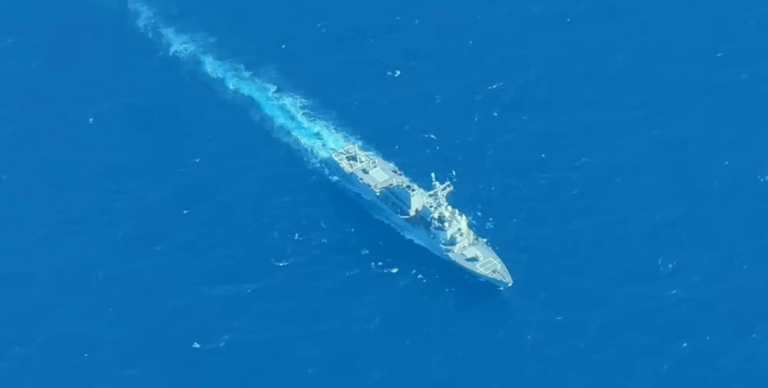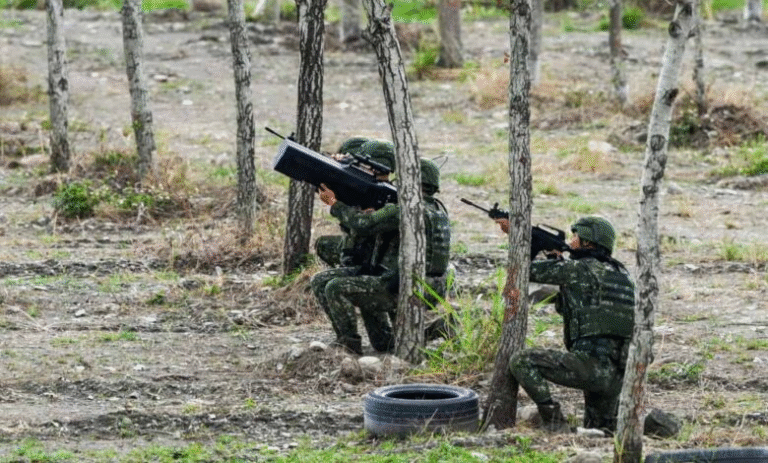
As geopolitical tensions rise in the Indo-Pacific, Japan is reshaping its security architecture through defense technology partnerships and an unprecedented increase in defense spending. Anchored by flagship initiatives such as the Aegis System Equipped Vessel (ASEV) project and the trilateral Global Combat Air Program (GCAP), Tokyo is leveraging international collaboration to deepen deterrence and assert its role as a high-tech pillar of regional stability.
“Japan is rising to the challenge,” Cyril Tregub, a policy officer at Friends of Europe, a Brussels, Belgium-based think tank, told FORUM. “Despite its pacifist constitution and historically low defense spending, the country is emerging as a significant security actor.”
Japan is set to allocate the equivalent of 2% of its gross domestic product to defense in 2025, about $55 billion. That represents a 9.4% annual increase and will support acquisitions including 400 United States-made Tomahawk missiles and upgraded Type 12 surface-to-ship missiles.
Key to the modernization are two ASEVs being built by Mitsubishi Heavy Industries and Japan Marine United. The “super destroyers” are equipped for ballistic missile defense, featuring long-range tracking radar, SM-6 missiles and 128 vertical launch cells, according to Naval News.
The radar system will enable the ASEVs to counter multiple ballistic missiles simultaneously, including hypersonic threats.
“Japan understands that modern deterrence demands a technological edge,” Tregub said. “Its national strategy calls for stronger standoff and air defense capabilities, more uncrewed systems, and the integration of emerging technologies such as artificial intelligence.”
Such capabilities, including dual-use technologies, were highlighted at DSEI Japan 2025, the country’s largest defense exhibition. At the May event, Japanese Prime Minister Shigeru Ishiba emphasized the need for deeper cooperation to “help strengthen deterrence not only for our country but also for our Allies and Partners.”
In December 2023, for example, Japan launched the GCAP with Italy and the United Kingdom to deliver a sixth-generation fighter jet by 2035, with a demonstration flight expected in 2027. Such collaboration is “laying the foundation for broad coordination with the U.K. and Italy for generations to come,” the Japan Forward news publication reported.
London and Tokyo also are coordinating joint naval drills during the upcoming visit to Japan by the Royal Navy’s aircraft carrier HMS Prince of Wales as part of the U.K.-led Operation Highmast, Newsweek magazine reported in July 2025.
Japan and the European Union, meanwhile, signed a security and defense partnership in November 2024 focusing on naval exercises, cyber resilience and space-based intelligence.
As part of Japan’s diversification of its defense-industrial base, such initiatives “are not just symbolic — they deepen cooperation in key domains like maritime security, space, cybersecurity and countering hybrid threats,” Tregub said.
Japan’s evolving role comes amid complex regional threats, including China’s assertiveness in the East China and South China seas, North Korea’s illegal missile and nuclear programs, and growing China-Russia military ties. These challenges are driving Tokyo toward joint development projects and other high-tech force multipliers, Tregub noted.





